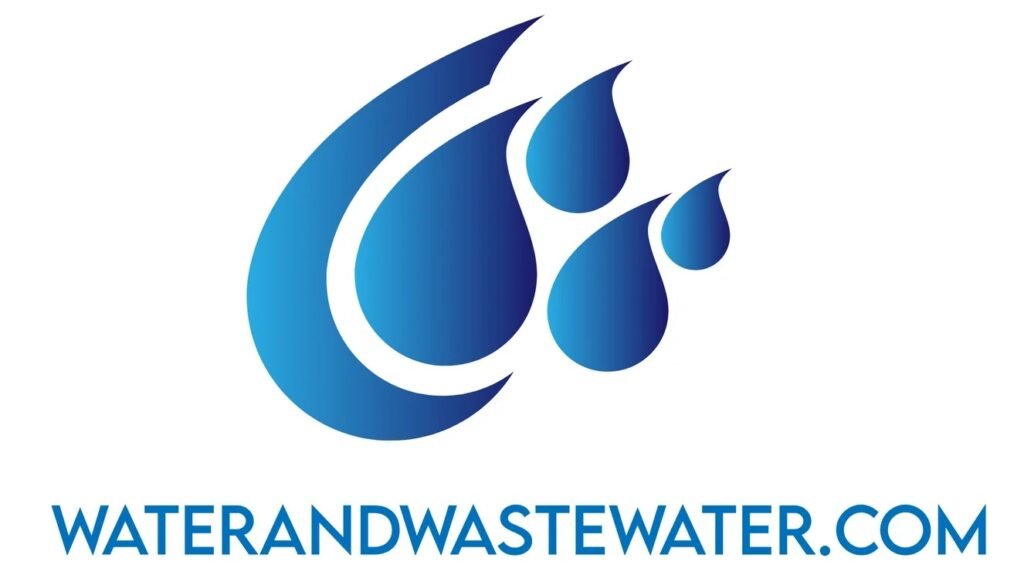
Tag: Aquatic Life
COD stands for Chemical Oxygen Demand. It’s a key measure of water pollution in wastewater. COD shows how much oxygen is needed to break down organic matter in water. COD treatment is crucial for protecting the environment and meeting water quality standards. Treating COD in wastewater involves various methods. These can include physical, chemical, and […]
Sediments are tiny particles of rock, soil, and organic matter that settle at the bottom of bodies of water. These particles come from various sources, including erosion, decomposition of plants and animals, and human activities. Sediments play a crucial role in shaping landscapes, forming new rocks, and affecting water quality. The movement and deposition of sediments […]
Pharmaceutical wastewater is a growing concern for the environment and public health. This type of wastewater comes from drug manufacturing facilities and contains various chemicals used in making medicines. Pharmaceutical manufacturing facilities can be a major source of drugs entering the environment, with some treatment plant effluents having 10 to 1,000 times higher concentrations of pharmaceuticals […]
Understanding the Essential Role of Wastewater Treatment In an increasingly urbanized and industrialized world, the importance of wastewater treatment cannot be overstated. Modern society generates vast amounts of wastewater that, if left untreated, could pose severe threats to public health, the environment, and economic stability. Despite being a hidden layer of our infrastructure, wastewater […]
Unlocking the Aquatic Dilemma: Ultrasonic Irradiation and Its Role in Combatting Eutrophication Eutrophication is a term that captures a significant and growing global environmental challenge, particularly in aquatic ecosystems. It refers to the excessive enrichment of water bodies with nutrients, primarily nitrogen and phosphorus, leading to an array of ecological disturbances, including algal blooms, […]
Power Bubbles Aerator: Revolutionizing Water Aeration Solutions Introduction Water is a vital resource that supports life on Earth, from humans and animals to plants and microbes. However, maintaining water quality is an enduring challenge, notably in stagnant bodies of water such as ponds, lakes, and reservoirs. Impaired water quality can lead to problems like eutrophication, […]
Neutralization Process in Wastewater Treatment Introduction The efficient treatment of wastewater is crucial for ensuring public health, safeguarding the environment, and maintaining the sustainability of water resources. One critical aspect of wastewater treatment is the neutralization process, which involves adjusting the pH levels of wastewater to make it safe for discharge or further […]
Ammonia in Wastewater Discharge: Environmental Impacts, Treatment Methods, and Regulatory Frameworks Ammonia, a compound of nitrogen and hydrogen with the formula NH₃, is a significant pollutant in wastewater discharge. Its presence in wastewater originates from various sources, including domestic sewage, industrial effluents, and agricultural runoff. Ammonia poses several environmental and health risks, making its […]
Sod Run Wastewater Treatment Plant: Keeping Our Waterways Clean Introduction Wastewater treatment plants play a crucial role in protecting our environment by treating and purifying wastewater before it is released back into our waterways. One such facility that has been making a positive impact on water quality is the Sod Run Wastewater Treatment Plant. Located […]